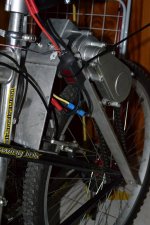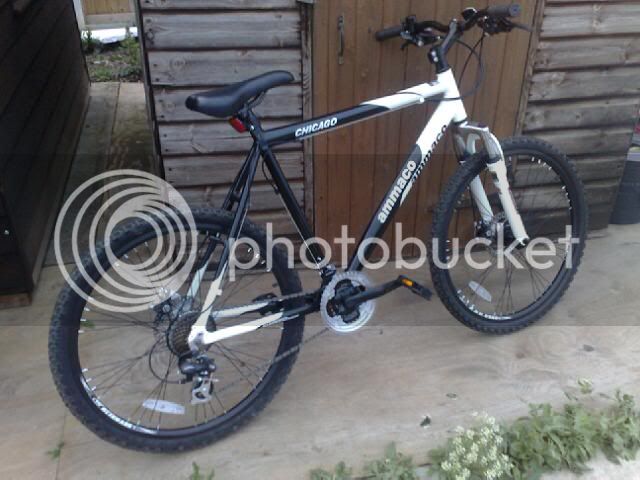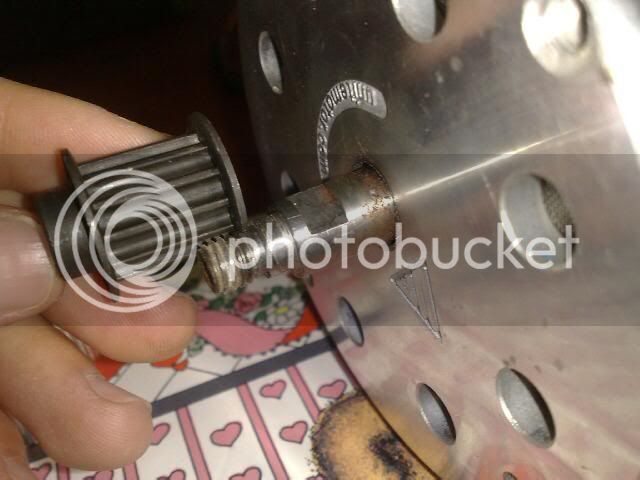Solcar
10 kW
I'm pretty sure that scooter type motors come with sprocket for #25 chain which has 1/4 inch links. I have one of those motors but never tried to mesh a chain to it as a check. But I have a 90 tooth scooter sprocket that I scabbed onto the crank sprockets, and use #25 chain with it. It would be nice to have a rear wheel with dual drive, but crank drive is the most convenient place to run chain drive, otherwise. I have seen how members have scabbed #25 sprockets onto #40 bicycle chain ones. I keep forgetting if it is the #40 or the #43 that uses the 3/32" ten speed chain rather than the 1/8".
ES member research by Boostjuice seems to have found that the ACS Crossfire that has double supporting bearings should do well. http://endless-sphere.com/forums/viewtopic.php?f=28&t=25153&start=45#p386081
That buck/boost controller used a SMPS transformer that did double duty as the charger transformer. The transformer has its second job in push-pull drive at 12v, which doubles the voltage excursions to 24v. Then I ran the those 24v waveforms through a capacitor voltage doubler, which also acts as a current limiter by means of the capacitor's impedance. It was an extra layer of protection for stability and reliability since the feedback control is via current sense which offers the first line of protection. It also allowed the motor to be able to overvolt gently to reach that 40MPH with frantic pedaling.
Now since that idea, though technically a bit tricky, worked, i plan to try to build the next charger/controller with regular inductive buck/boost for the motor controller and then a small transformer for the charge circuit. Using a brushed motor enables that type of controller to be implemented much easier, or it might even be too hard to do with brushless in any remotely reasonable manner. I'm still contemplating that prospect as maybe an interesting idea to tinker with.
ES member research by Boostjuice seems to have found that the ACS Crossfire that has double supporting bearings should do well. http://endless-sphere.com/forums/viewtopic.php?f=28&t=25153&start=45#p386081
That buck/boost controller used a SMPS transformer that did double duty as the charger transformer. The transformer has its second job in push-pull drive at 12v, which doubles the voltage excursions to 24v. Then I ran the those 24v waveforms through a capacitor voltage doubler, which also acts as a current limiter by means of the capacitor's impedance. It was an extra layer of protection for stability and reliability since the feedback control is via current sense which offers the first line of protection. It also allowed the motor to be able to overvolt gently to reach that 40MPH with frantic pedaling.
Now since that idea, though technically a bit tricky, worked, i plan to try to build the next charger/controller with regular inductive buck/boost for the motor controller and then a small transformer for the charge circuit. Using a brushed motor enables that type of controller to be implemented much easier, or it might even be too hard to do with brushless in any remotely reasonable manner. I'm still contemplating that prospect as maybe an interesting idea to tinker with.






